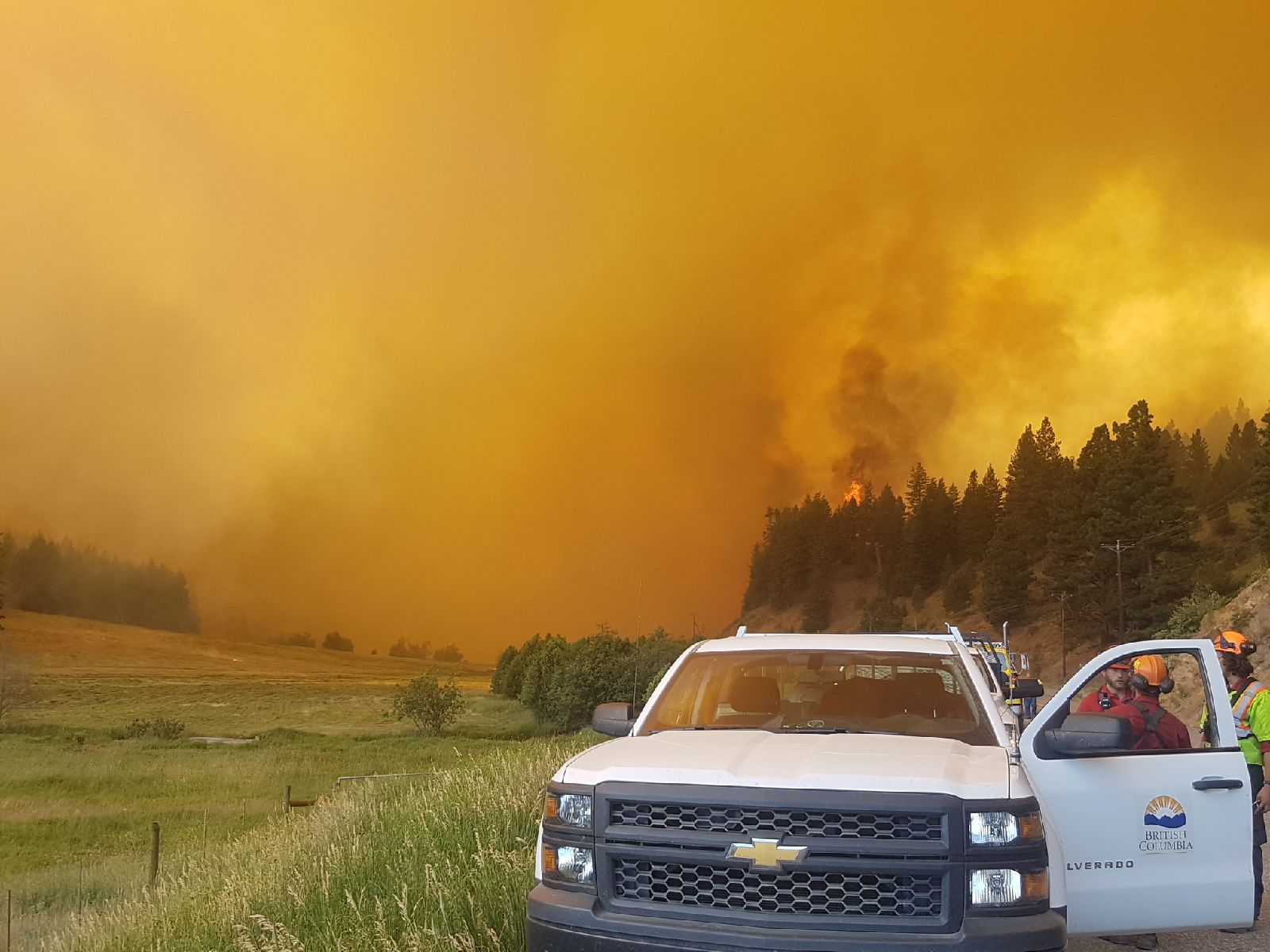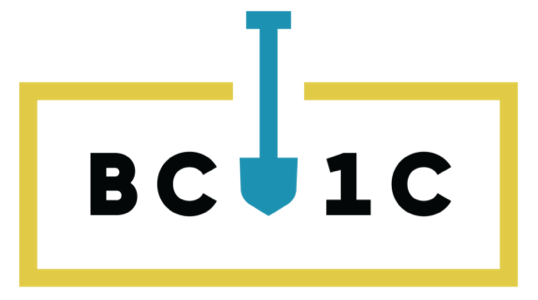
WorkSafeBC Head of Prevention Services Todd McDonald says: “Hot and smoky conditions during the summer months create challenges for both indoor and outdoor workers. With hazards related to extreme heat becoming more frequent in recent years, employers need to assess risks early and implement effective plans and controls to protect their workers.”
Summer means higher temperatures and wildfire risks. Anyone working outside should be prepared to deal with extreme conditions to avoid potentially serious injuries due to heat and smoke.
#ClickBeforeYouDig is your first step, but once underground infrastructure has been located and identified, it’s important to keep everyone safe from the heat and smoke while they do their jobs.
Wildfire smoke is a significant risk when working outside. It contains fine particulate matter and toxic gases that can penetrate deep into the lungs, aggravate existing respiratory conditions such as asthma and increase risks of heart and lung disease. Make sure to follow air quality alerts in your area when exposed to wildfire smoke or heat, and if possible reduce levels of physical activity in smoky conditions.
If you’re working outside in high heat conditions, increased wildfire smoke, or both, it’s important to stay hydrated, take frequent breaks in cool and shady areas and make sure to wear loose, light-fitting clothing whenever possible, UV-rated sunglasses and a wide-brimmed hat. For more high-value safety tips, see these messages from our Damage Prevention partners and allies:
WorkSafeBC booklet: Preventing Heat Stress at Work
Heat Stress Toolbox Talk (VIDEO)
BC Centre for Disease Control wildfire smoke resources
